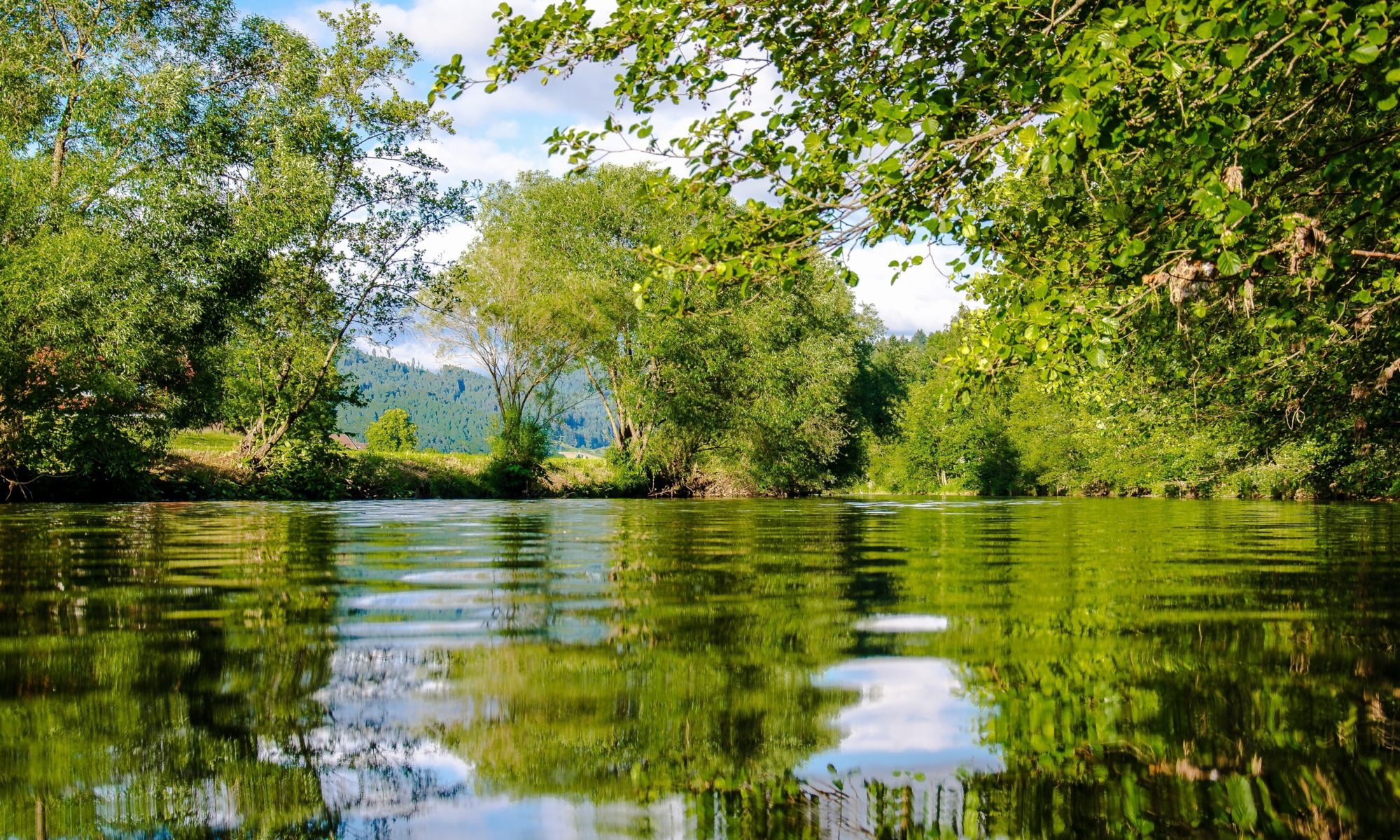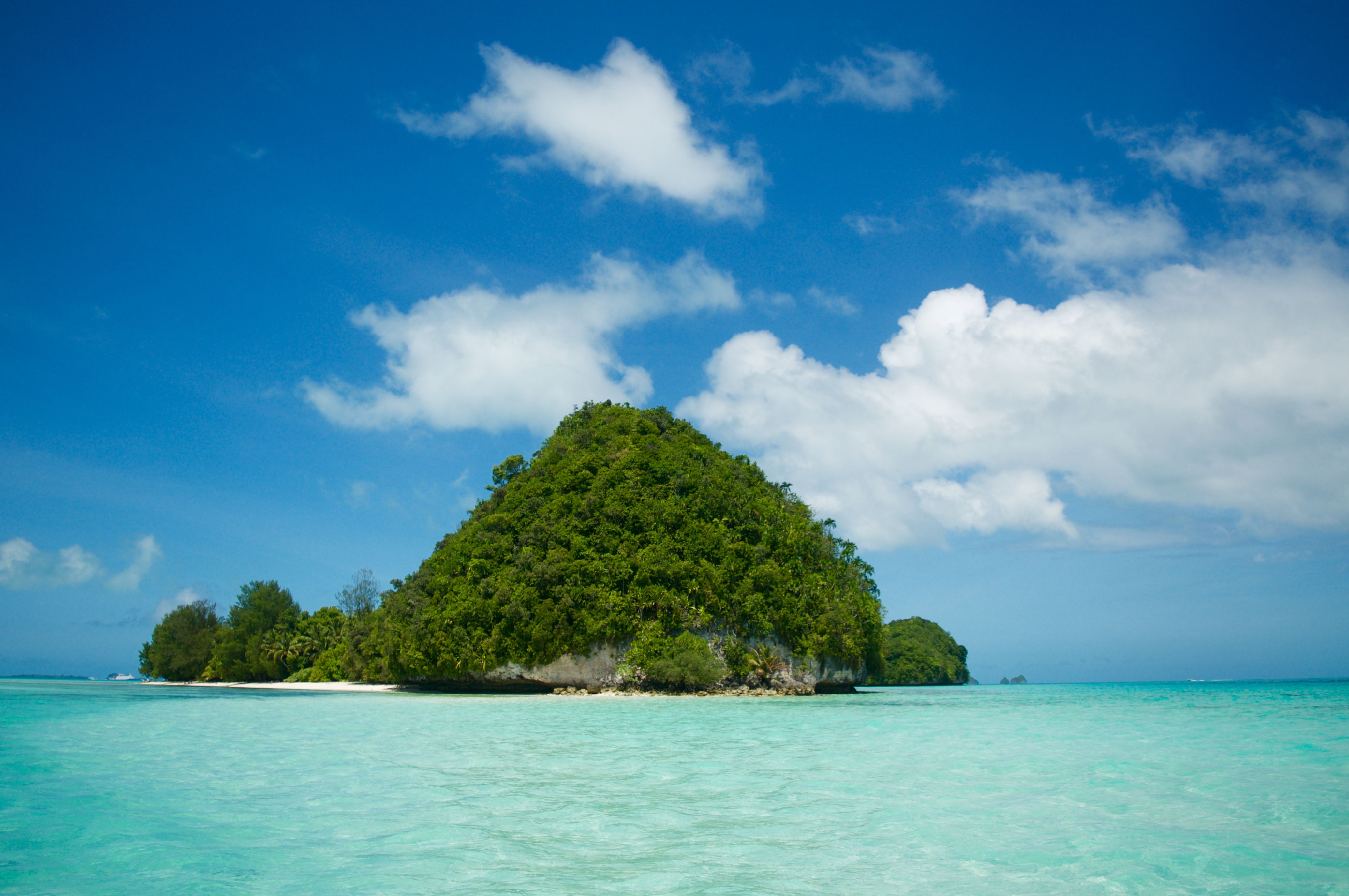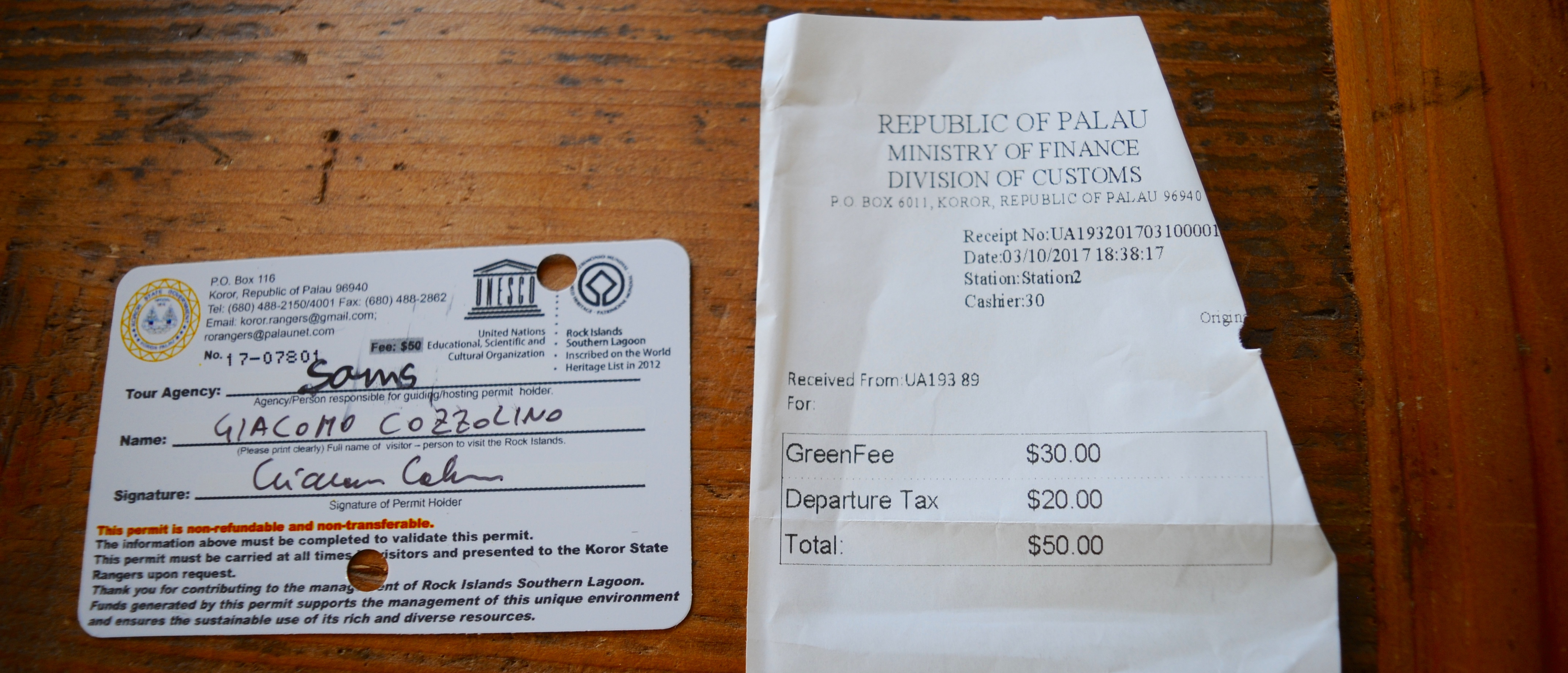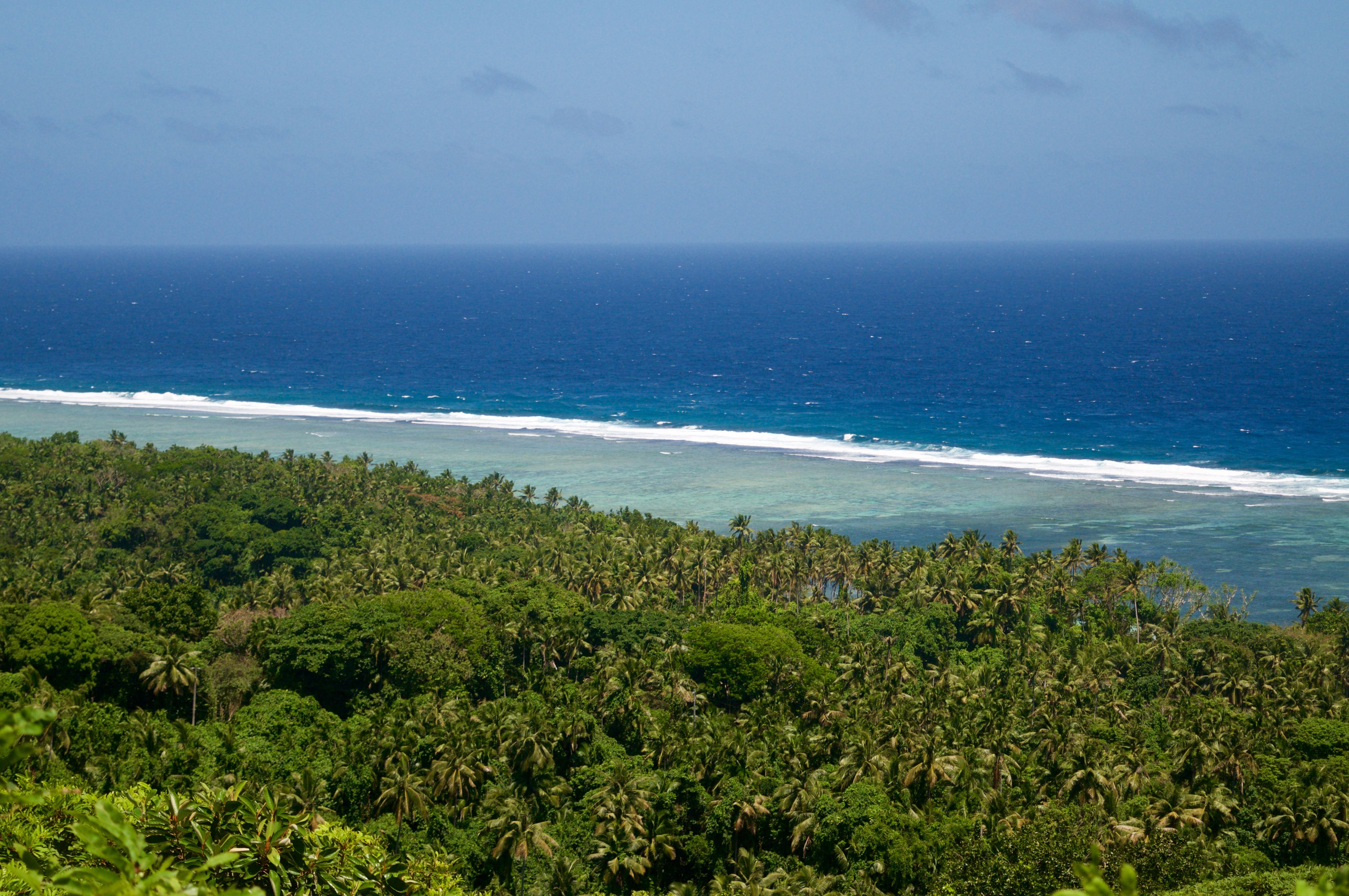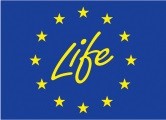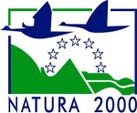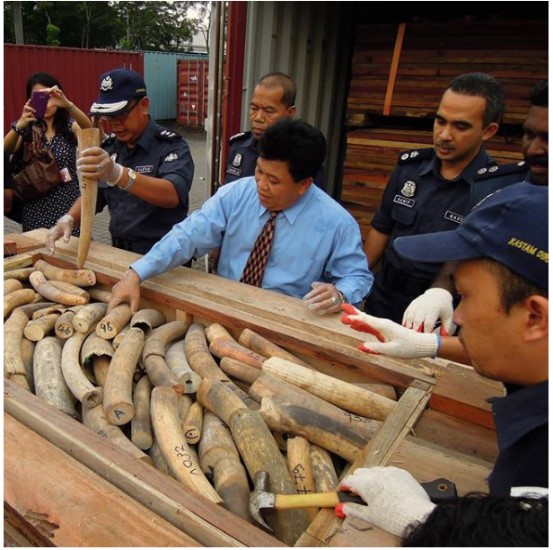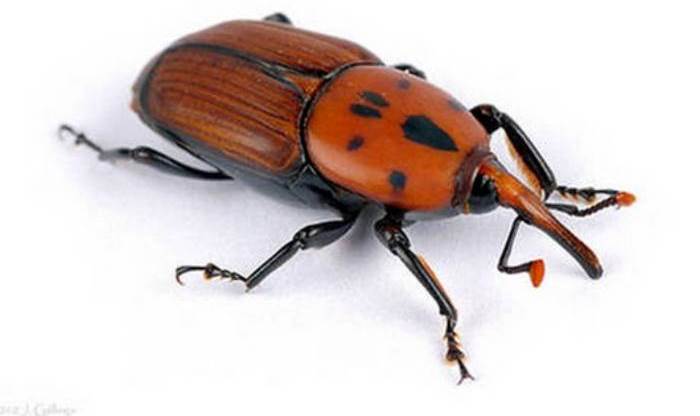As part of its Smart Regulation policy, the European Commission in December 2012 initiated the Regulatory Fitness and Performance Programme (REFIT), a rolling programme to keep the entire stock of EU legislation under review. It affects the whole policy cycle, from initiation to evaluation, and aims to make EU law simpler and less costly.
On February 2, 2016 the review process of the Nature Directives was concluded[1]. A process that started one year ago to promote citizen participation and raise awareness of the importance of protecting nature.
Through the international propaganda campaign Allarme Natura, environmental groups (coordinated by BirdLife International, WWF, EEB and Friends of the Earth) have been able to reach 500,000 people and businesses.
During the propaganda campaign, environmental associations have argued strongly that the European Nature Directives are very important, and they expressed the need for the European Commission not to change them, and, indeed, reinforce their content and promote their concrete application.
A report compiled by technical experts and published by the European Commission on February 12, 2015 (Evaluation Study to support the Fitness Check of the Birds and Habitats Directives) states that it produces more benefits than costs. The study shows that the Natura 2000 network generates benefits worth 200/300 billion euro in ecosystem services, compared to a cost of 5.8 billion euro.
On the date above, the European Parliament approved with 592 votes in favor (and only 52 against) the report on “2020 Biodiversity Strategy“. This was essential to reach targets set for improving biodiversity protection in Europe, and to strengthen the force of Nature Directives.
The great success of the petition and the position taken by the nine environment ministers (Germany, France, Spain, Italy, Poland, Slovenia, Romania, Croatia and Luxembourg ) have halted the “bad” intentions to change and weaken the Directives, reinforcing the importance of the European legislation and the need to strengthen the protection and management of nature in our continent.
ENEP, the European Network of Environmental Professional (Giacomo is its General Secretary), participated in the REFIT, attending several round tables organized by the EC.
Ecolinfa works on Nature 2000 Network since 2015, in Management and Planning of Nature 2000 Sites, LIFE Projects and Conservation Measures.
[1] The Nature Directives refer to the “Birds” and “Habitat” Directives; they give protected status to species and habitats, and are used by Member States, together with other crucial environmental legislation, to defend wildlife.
